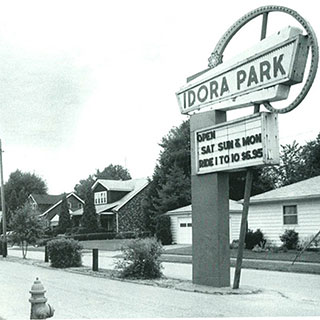It is no secret Youngstown has been losing population.
The reasons why are in the numbers and Tim Yova with the Eastgate Regional Council of Governments has worked through them on the last several census reports.
Figures show during the middle of the 20th century, Youngstown’s population was falling, but the rest of Mahoning County was growing.
“People may have moved from the city to the county, the townships or other small cities and villages,” Yova said.
All that changed when the steel mills closed in the late 1970s and early 1980s. Since then, populations for both Youngstown and the county have declined, but the city’s numbers have dropped much faster, from roughly 116,000 in 1980 down to last year’s estimate of just 65,000.
Yova said there was also a shift in 2010, where there was more youth than aged residents.
While agencies like the Regional Chamber work to reverse the trend of families leaving the Valley, local real estate agents admit selling properties in the city is difficult.
“Out of towners tend to have a negative feel about the term Youngstown,” said Alicia Kosek of Howard Hanna Real Estate.
Kosek said those looking to move into the area are unsure about living in the city.
“They are unsure of the school system because there is a lot of negativity out there about the school system, and they are also unsure of the crime in the city because there is a perception,” Kosek said.
Adding to the problem is a 2006 change in state law preventing cities like Youngstown from forcing its employees to live inside city limits.
Since the last complete U.S Census, analysts claim the city of Youngstown has lost a greater percentage of its population than other cities in Ohio. Researchers with the Youngstown Neighborhood Development Corporation compared data from 2013 back to 1970, and found that while every big city in the state except Columbus has lost population in that time, Youngstown and the Mahoning Valley seem to be shrinking faster.
Officials with YNDC said the area of the city that has been seen the worst decline is on the south side, where the city’s population had been historically the greatest, especially along the Glenwood Avenue corridor.
“And there were more than 27,000 people living right around that area and today, the number is down to around 8,000 so that is a loss of about 70 percent, which is greater than the loss that the city of Youngstown experienced at the same time,” YNDC urban planner Tom Hetrick said.
“From about the Market Street bridge to Boardman, from Mill Creek Park to the other end of the south side, there was about 70,000 people that lived within that area, so that is more people than live in the entire city of Youngstown today,” blogger Sean Posey of Rustwire.com said.
Tom Humphries with the Regional Chamber said tax breaks will help bring new businesses to the city, but the Youngstown City Schools, which have had failing state report cards since 1998, continue to push workers to the suburbs.
“That is the first question they ask when we sit down and start talking to them after they have made a decision to come here is which school districts are your best,” Humphries said.
Humphries said the Chamber has been working for the last year on plans to lure people back into the city to live and show potential business developers there is what he calls “human capital” available.
“When a company runs a blind ad to see if they can staff the facility they are going put here, if they don’t get adequate response, they are not coming,” Humphries said.
That is something that could harm the Valley’s already shaky economy regardless of where its people are living.
To read the fullstory from WKBN, click here.
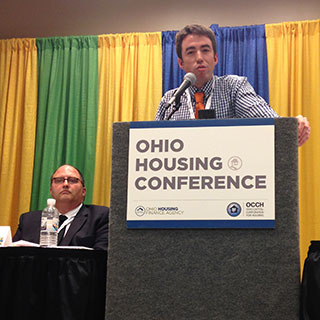 ,
, 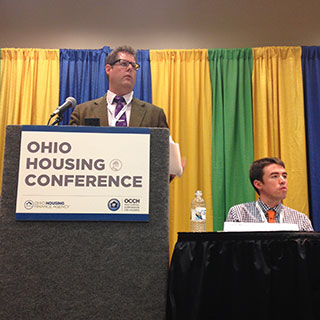 ,
, 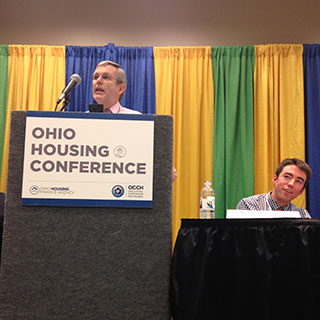 ,
, 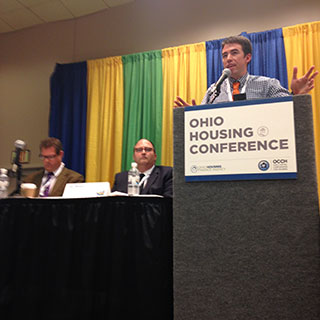 ,
, 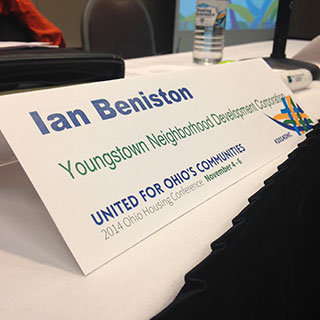 ,
, 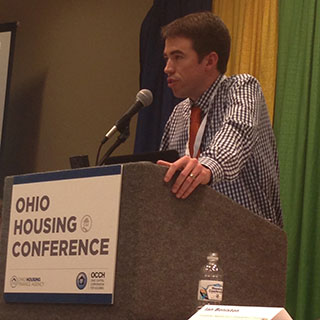
 ,
,  ,
,  ,
,  ,
,  ,
, 
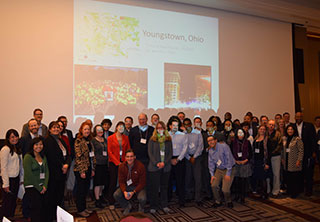 ,
, 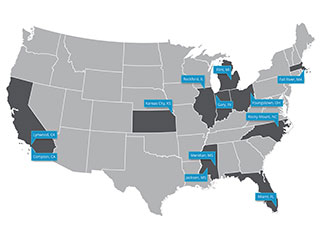 ,
, 
 ,
,  ,
, 

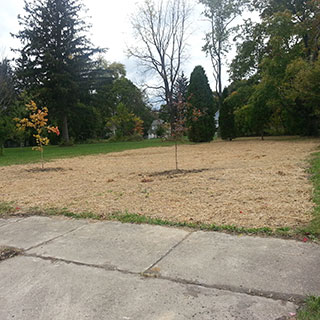 ,
, 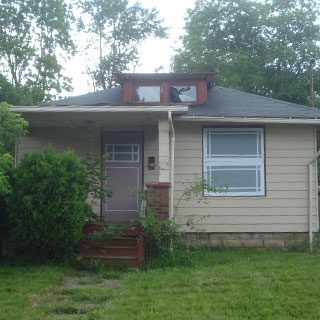 ,
, 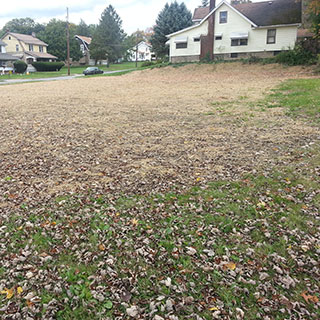 ,
, 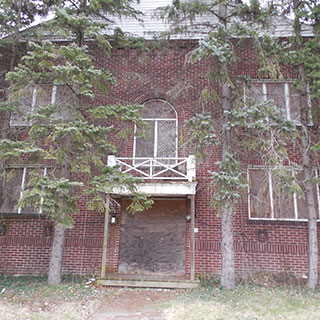
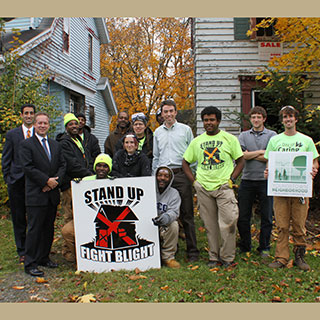
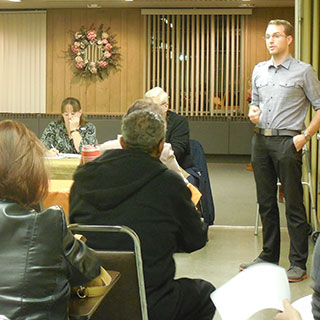 ,
, 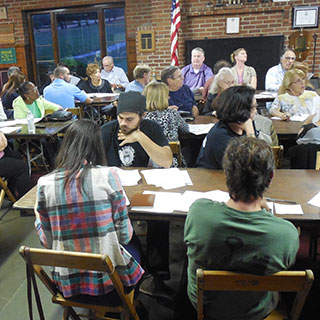 ,
, 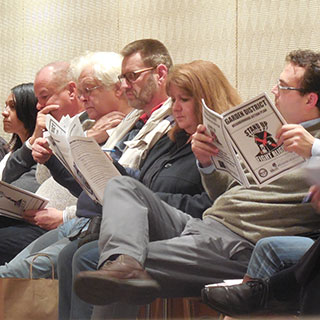 ,
, 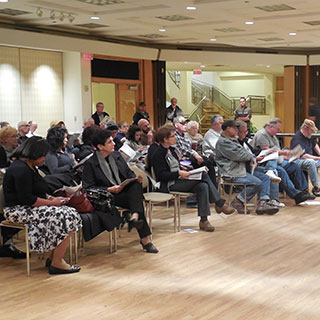 ,
, 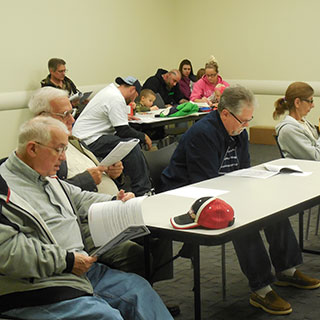 ,
, 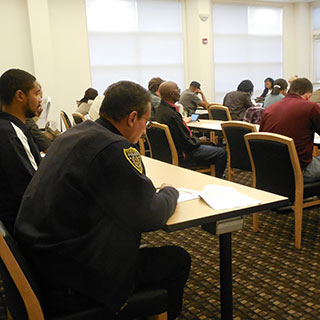 ,
, 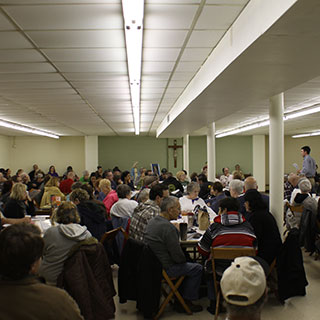 ,
, 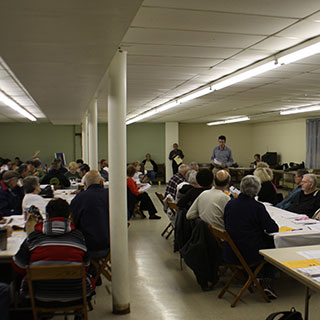
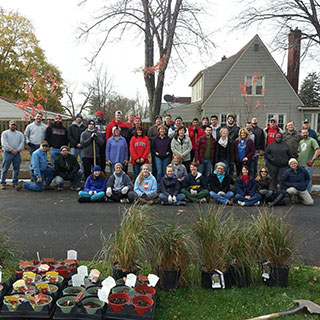 ,
, 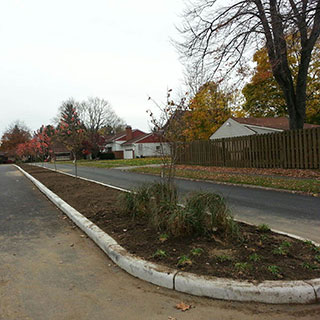 ,
, 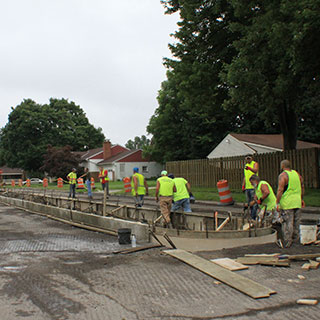 ,
, 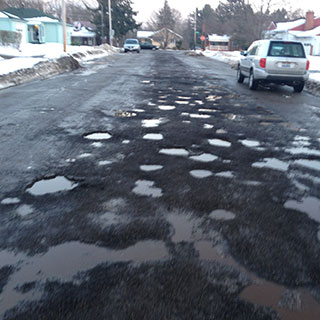 ,
, 